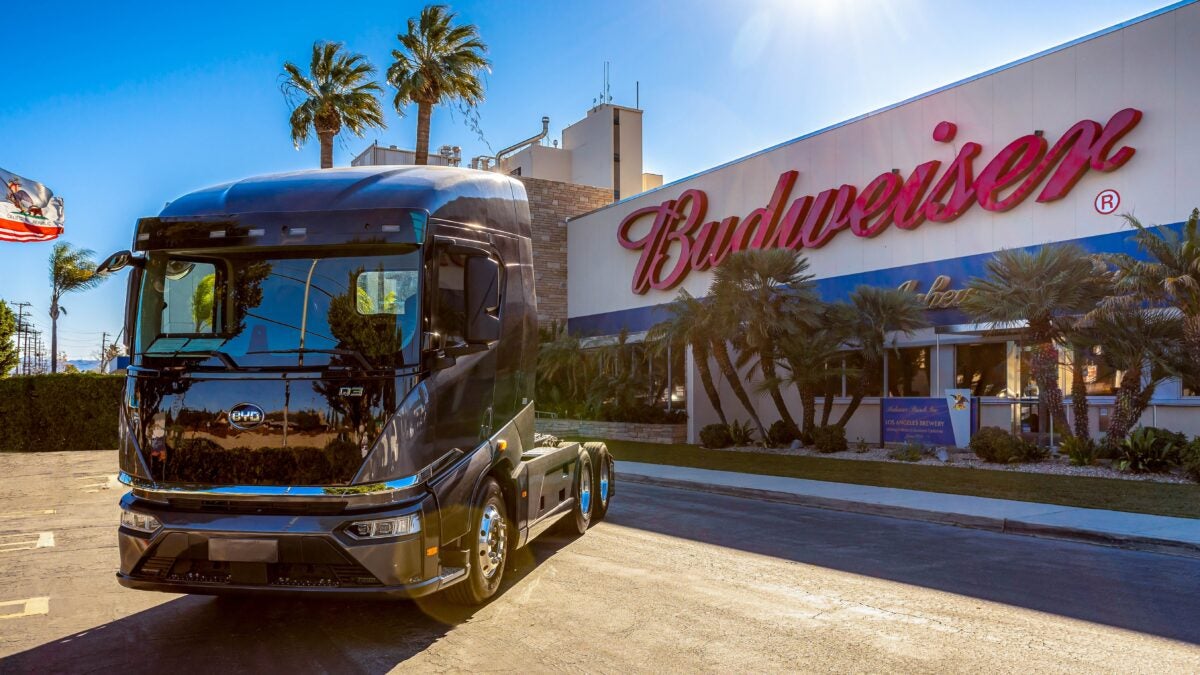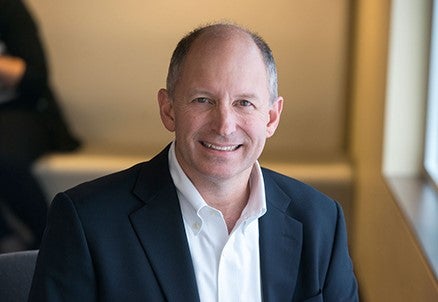This week, we look at reverberations from Cummins’ $3.7 billion buyout of Meritor, offer a “good luck” wish from supply giant ZF, which knows a thing or two about big mergers, and take stock of recent electric truck orders. Spoiler alert: There are a lot of them.
Carving up the bull
The pending $3.7 billion buyout of Meritor Inc. by Cummins Inc. was a huge story this week. It is even bigger for Cummins’ New Power division, where Meritor’s coveted electric axle business will anchor new growth.
New Power is the exemplar of Cummins’ transformation from an old-line diesel engine maker to a serious player in electrification, fuel cells and hydrogen production. Now it has the key piece to pull it all together.
Between engines, components and transmission, Cummins today covers around 34% of the scope of supply for a heavy-duty truck. With the addition of Meritor’s products, Cummins would have 60% of a fuel cell version and 45% of a battery-electric.
Traction systems “add a whole different growth lever,” Amy Davis, the president of New Power, told me. Simply put, the traction system is the brains and the power behind the electric vehicle, how it drives and how it handles duty cycles.
Watch Now: Cummins’ New Power segment gets the key technology piece in Meritor deal
Meritor previously told analysts they would be worth $1.5 billion in revenue by 2030, a number Cummins considers credible.
Overall, the New Power segment should generate $6 billion to $13 billion in sales by the end of the decade, Cummins told analysts this week.
Traction action
“Traction systems, in my view, are really going to be a place where we can differentiate,” Davis said. “That’s what really powers the electric drivetrain, how you can build your controls around that and all of the things you can build on that.”
There is no shortage of competitors in the EV battery space. Not so in traction systems. Davis named Dana Inc. as a strong competitor already winning OEM business.
“You take what Meritor has started with some of their powertrain integration and the axle capability, combine that with some of the traction work we’ve done, and you have this winning e-axle business segment that positions you to be the leading powertrain integrator,” Davis said. “Or just a traction drive supplier that complements your batteries and other things.”
In talking about the deal with analysts, Cummins CEO Tom Linebarger said the e-axle is to an electric vehicle what the engine block is to an internal combustion engine. They maintain existing axle housing interface hardware and can be used for electric, parallel hybrid, series hybrid and plug-in hybrid configurations.
“Over time, if you think about cooling, you think about other systems on the vehicle that you might be able to package into the axle, that I think that could open up some other hang-ons,” Davis said.
“I really think of [us] as both a components player in the electrification space and a powertrain systems integrator,” Davis said. “There are so many different vehicle pines that OEMs are going to pick and choose the most strategic for them, like they do today” with internal combustion engines.
About that slogan
Meritor used the slogan “Run with the bull” to evoke strength and durability in its traditional business and the growing electrification ground it covered. In the end, Meritor’s board realized it needed more money than it had to grow.
It’s too soon to know whether Meritor’s Blue Horizon branding will disappear or be consigned to aftermarket parts like ZF is doing with Wabco and TRW following those acquisitions in 2020 and 2015, respectively.
“We have a little ways to go until we get to close and make sure that this deal goes over the goal line,” Davis said. “I don’t expect any hitches, but suffice it to say, we’re on day two.”
Also unclear is which company mentioned a merger first, but it happened in a matter of months. Cummins had been thinking about a comprehensive electrification strategy for some time. By contrast, it took nearly six years from its initial investment in Navistar for Volkswagen’s truck holding group, Traton SE, to close a $3.3 billion deal last July.
Transformation speed
What does ZF, the private German automotive supplier closing in on being No. 1 among Tier 1 suppliers, think of the Cummins-Meritor deal?
“We wish them success and good luck in their integration,” Julian Plenchette, head of ZF North America, told me. “We’re quite familiar with that process by now.”
The automotive and commercial vehicle industries are “going through a massive transformation” toward autonomy and electrification.
“The speed of that transformation requires all of us to take a deep look at, are we on the right speed? Do we have the right technology? Do we have the right know-how?” Plenchette said. “So it’s not surprising to some degree to see a certain level of consolidation for those two companies.”
Order(s) of the Day
It was a big week for electric truck orders, the strongest signal that zero-emission battery-electric truck (BET) adoption is beginning to fulfill the mission of environmentalists and California regulators.
The Golden State is using a carrot-and-stick approach to reduce truck pollution through tougher emission standards intended to eventually push diesel off the road and a big pot of money to help fleets reduce the up-front cost of BETs that cost two to three times as much.
Kenworth took in its biggest order so far when AJR Trucking and MDB Transportation ordered 15 T680E and 10 Kenworth K270E BETs. This comes either as part or on top of a tripling of BET orders at the Paccar Inc. brand in the last three months.
Nikola reported this week that it has contracts, letters of intent and memorandums of understanding for 1,385 trucks — 375 battery-electric and 1,010 hydrogen-powered fuel cell electric trucks (FCETs). That includes the 2018 order from Anheuser-Busch for up to 800 FCETs.
Startup hybrid powertrain maker Hyliion mollified critics — at least for the moment — with the announcement of 100 Hypertruck ERX extended-range natural gas/electric systems secured by deposits in the “thousands of dollars.” And it counts 2,000 nonbinding reservations that could be converted to contracts.
Swedish technology company Einride ordered 200 8TT electric trucks from BYD that it plans to use in the U.S. BYD said it is the largest BET order it has received outside of Asia.

What retirement?
Former Daimler Trucks North America CEO Roger Nielsen promised his wife 30 days of downtime when he retired last year. Suffice to say, that is long since over.
“I’ve got a passion about what’s going on in autonomous,” Nielsen told me in an interview last March. “There’s a lot of transformations [that] trucking companies have to go through in the next 10 years to get themselves ready for new technologies. I’ve got a passion for that. So I can’t walk away. I’ll do something.”
Something, indeed.

Nielsen this week joined the board of bus, battery and electric infrastructure provider Proterra Inc. (NASDAQ: PTRA). Daimler was an early Proterra investor and customer for its Thomas Built Bus subsidiary.
But that’s not all. Nielsen also serves on the board of SafeAI, which retrofits autonomous mining and construction equipment. He joined the board of Nodar, a provider of camera-based long-range 3D vision technology. and he is on the advisory board of GPR, formerly WaveSense, which uses ultra wideband radar to create a 3D map of a road’s subsurface to pinpoint a vehicle’s location.
That’s it for this week. Thanks for reading. Click here to get Truck Tech delivered by email on Fridays and join more than 6,000 subscribers.
Alan







